There any today many types of surface finishings on natural stones used on exterior cladding, which gives different colour tones, structures and looks to exterior cladding. Due to the constant exposure to exterior elements, a proper surface finishing is relevant and may decide how well the cladding will “age”. We discuss here some of the most relevant surface finishings used today on exterior cladding applications.
Chiseled surface
This type of finishing consists on doing several parallel cuts on the surface, then breaking the top of these cuts. The end result is a rough surface, with a parallel structure, but somehow organized. You will see the parallel lines of the cuts on a rough surface. This is a very popular choice for exterior cladding application, which can be combined with other smoother surfaces like honed for example.
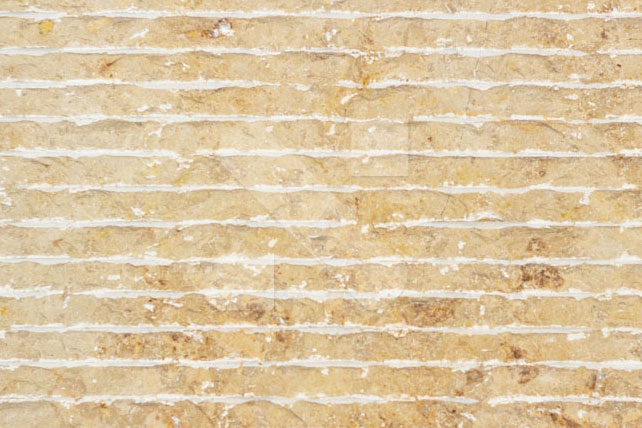
Sawn-cut (or rough) surface
On this finishing what you see is essentially the stone in its natural form after the blocks are sawn. You do not do anything on the surface, basically leaving it as it is. In terms of colour, on the example below, we get a very plain colour with hardly any contrast. This type of surface ages quite well because there is little colour and contrast.
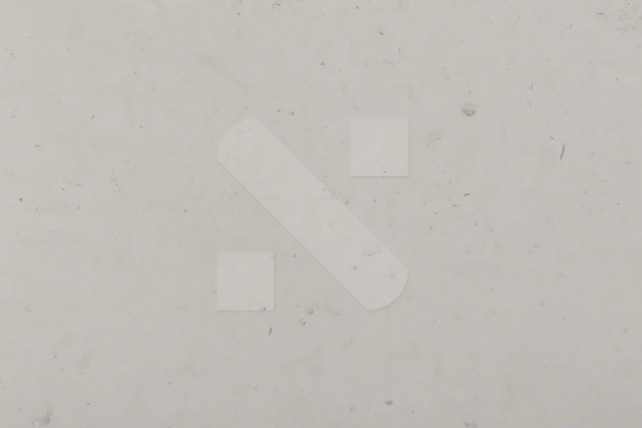
Honed surface
The honed is the most popular type of surface finishing to be used on exterior cladding applications. It presents a matt surface, with no shine and little contrast. The colour is pale but still showing the elements of the stone. On the case of this limestone that we present here (a Moleanos limestone), we can see well the elements and colour, but with reduced contrast. This type of finishing ages quite well, thus being very popular for cladding due to low maintenance.
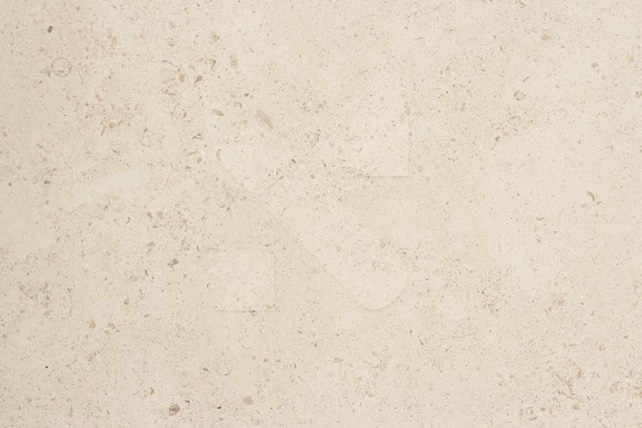
Sandblasted surface
By sandblasting the surface of the stone, we take away most of its colour. The surface will become a bit rough but also very uniform and pale. This example shows a grey limestone, but we can hardly see well the colour. After few years, the surface will look very similar to this, which makes it also quite a popular choice for exterior cladding.
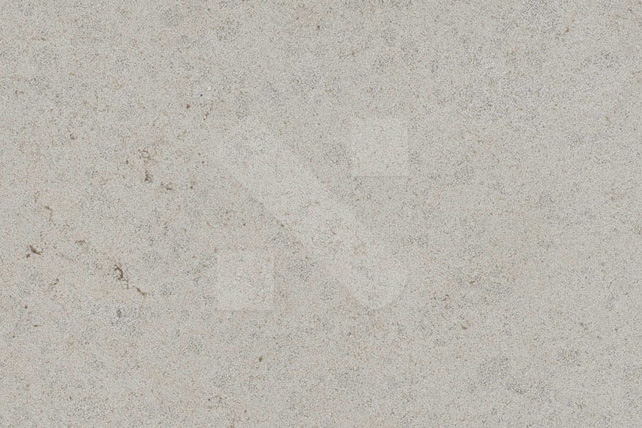
Bush-hammered surface
On this specific sample we show a beige limestone, where the bush-hammered surface makes the surface quite white. The surface is quite rough and with a more or less uniform look. This type of surface ages quite well and is a good choice for exterior cladding applications.
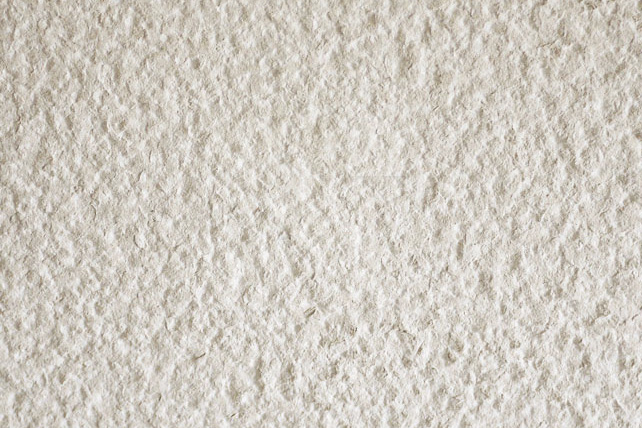
Split-face (or chiseled) surface
This type of surface is called split-face, but could be considered chiseled (with wider gaps). So again, we have the parallel structure but with a rough look. We can see very well the parallel cuts on the stone, with its fairly irregular rough structure. On this specific finishing the client can choose the width of the parallel cuts according to its specifications. This is another popular surface finishing for exterior cladding applications.
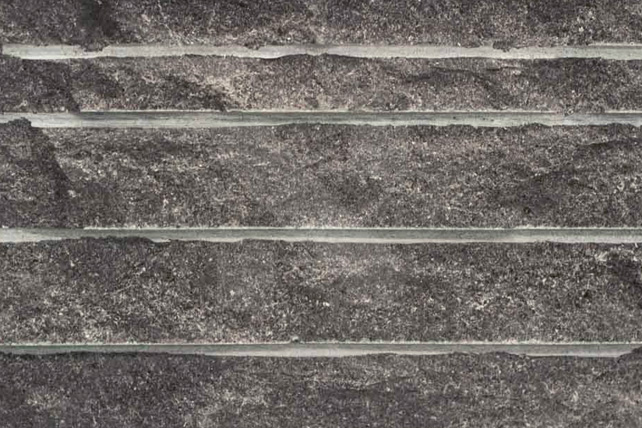
For more information about the types of natural stones that we show here, please check the following sources:
– Portugalimestones
– Juralimestoneportal

